Back to Courses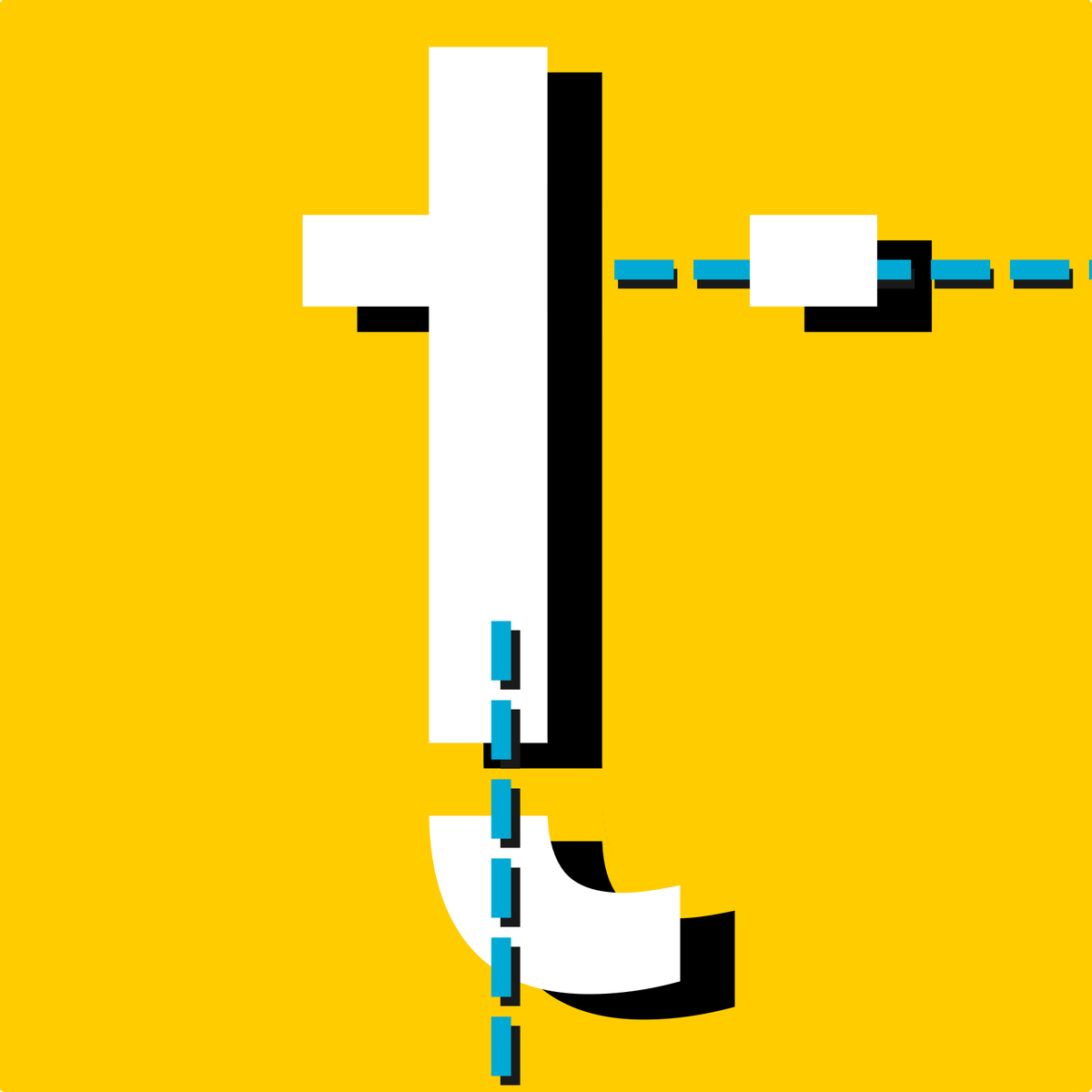


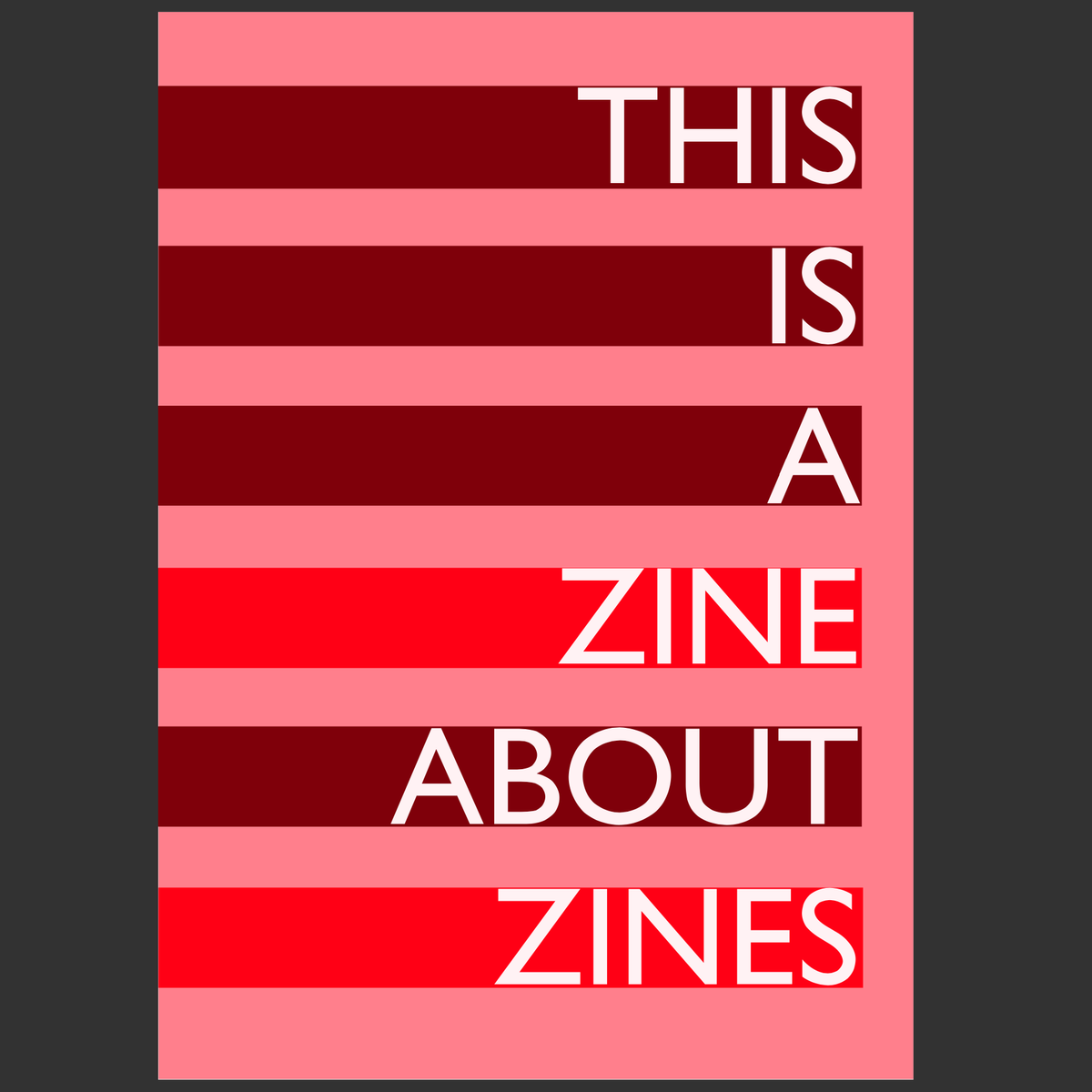



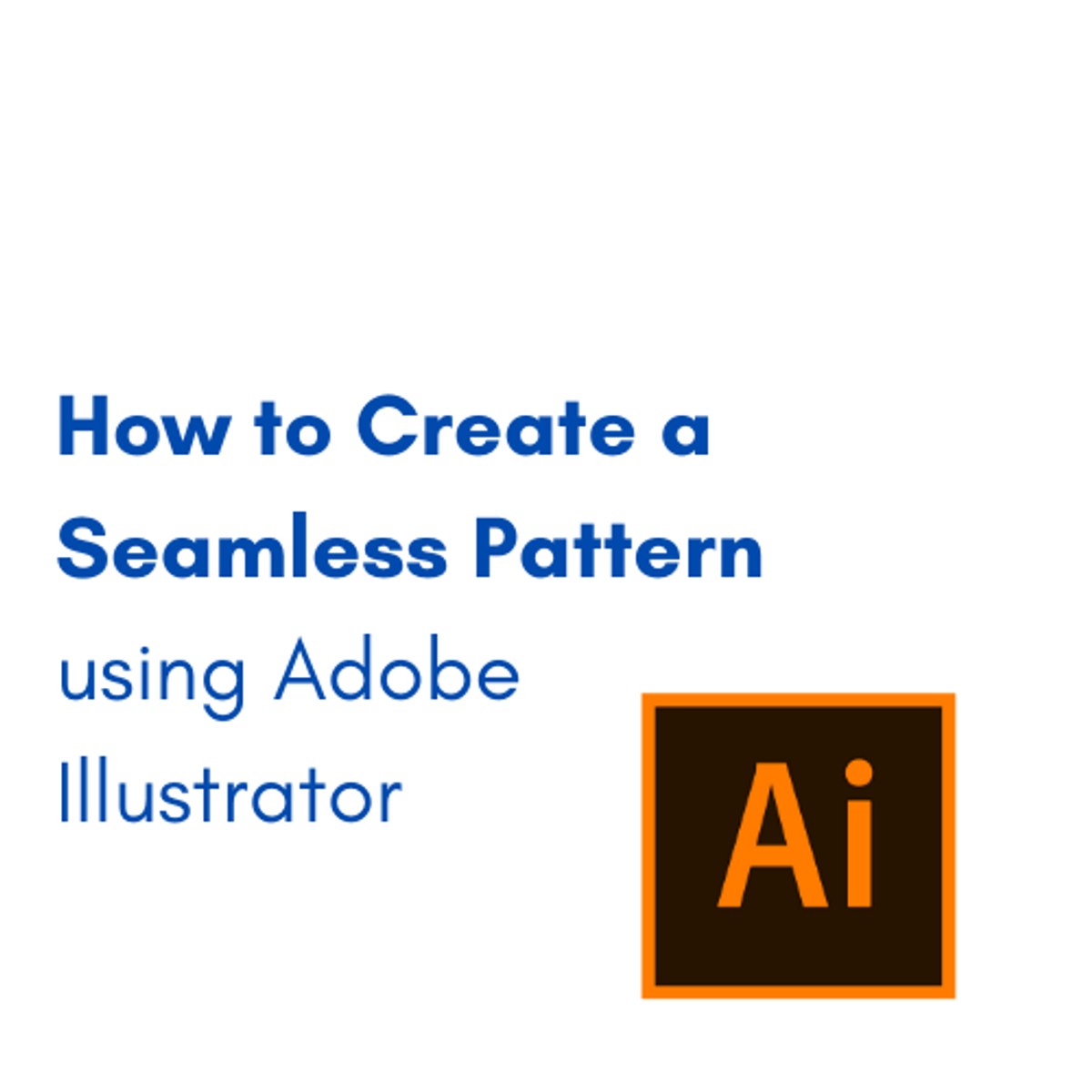
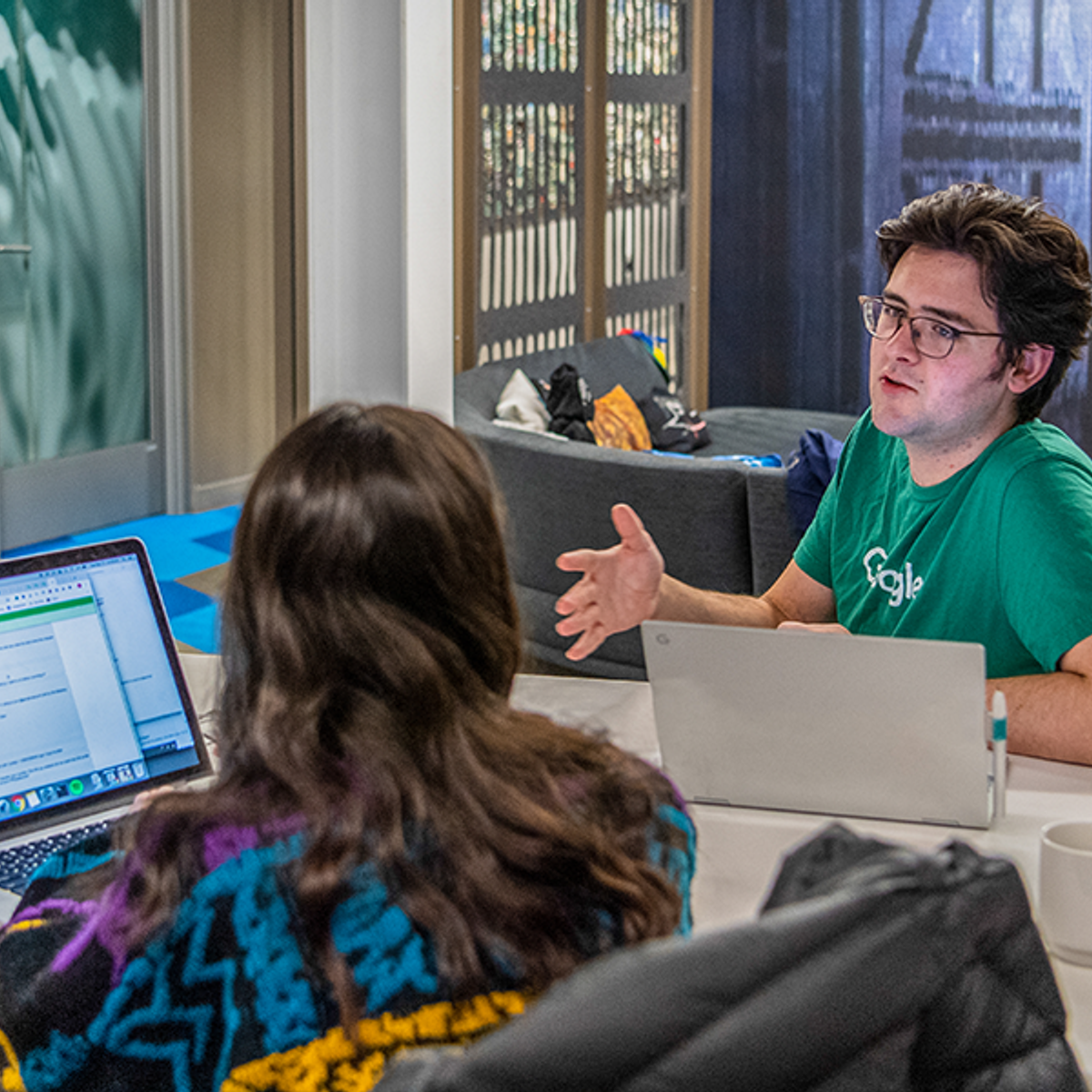
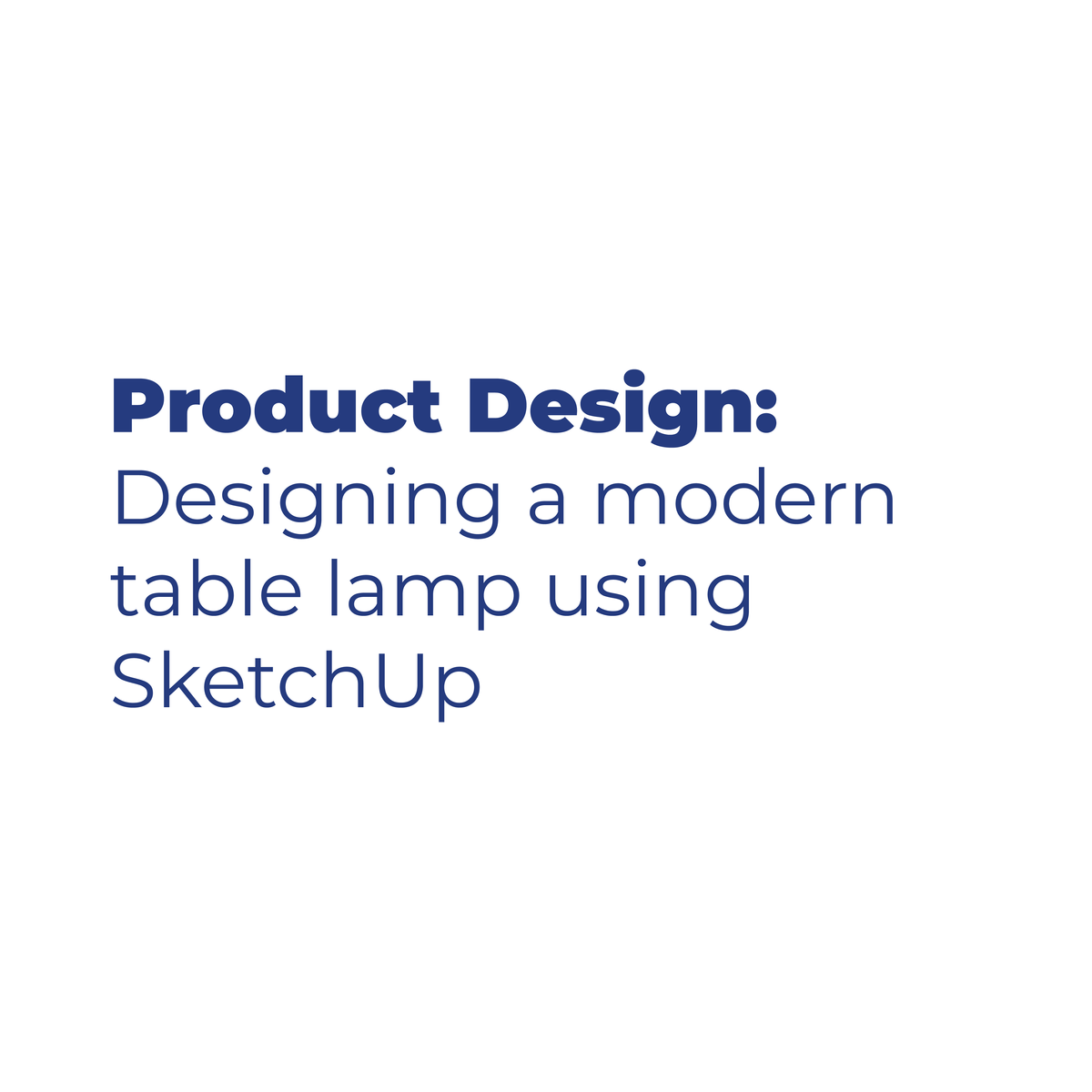
Music And Art Courses - Page 9
Showing results 81-90 of 257

How to create custom typography design in Adobe Illustrator
By the end of this project, you’ll be able to create a custom typography design in Adobe Illustrator. During this project, you’ll explore some of Adobe Illustrator’s most useful tools, draw basic and complex letter designs, and add style to your type. By the end of the project, you’ll feel comfortable building your type designs from scratch.

Photography Techniques: Light, Content, and Sharing
Welcome to Course FOUR! In Modules 1-4 you will cover the final elements of the Specialization necessary to round out this introduction to the fundamentals of Photography, and prepare you for creating your own exciting project in the Capstone! You have come a long way since the beginning of this journey from Smartphone Basics to DSLR and Beyond. Just think of all the information you have absorbed and put to use in your assignments and quizzes, and the confidence you have gained that you CAN control the camera to make pictures you are proud to share.
Here in Course Four you will start by gaining knowledge related to content in photography, from fact to fiction, documentary to purely expressive. Next you will learn principles, tips, and techniques for using the essential element of Light in Ambient/Natural settings.
The flash/strobe unit, whether it is built-in to your camera or an add-on "hotshoe" model, will finally be something you, not the camera, controls! You will prove to yourself that those former mysteries of Controlled Continuous and Strobe lighting will no longer be mysterious, as you apply your knowledge to creation of assignment photographs in various situations. Sharing those pictures in Peer Review will give you the opportunity to learn from your fellow photographers' solutions to lighting challenges, and to gain insight into your own work and creative approaches too.
There is an important word to share about Peer Review assignments for this course. As photographers who have accomplished the quiz and photography requirements of Courses One through Three, you have the knowledge and capability to create quality photographs at a much higher rate of success, and in a much shorter time, than when you began. You have also proven that you are a dedicated Learner, someone who has a passion for photography and is willing to put forth the extra effort necessary to accomplish your goals. This Course is the last before the Capstone Course, in which you will be tasked with creating a project over a 2-month period of dedicated photography. The Peer Review photography assignments have been structured with both your advanced capabilities and dedication in mind...in other words, they will require both! Be prepared to allocate more time than you have in previous Courses for the assignments, because they will take more time and because you will really enjoy them!
Course Four ends with an overview of methods for finalizing your pictures in print form, including simple but effective matting techniques, and in web page designs as well. The pleasures and perils of sharing in social media sites are also yours to discover. Protecting your copyrights by understanding that concept and the ways that you can assert them, being careful about blogs and other outlets, and recognizing you are part of a community that respects the individual's creative effort, well that is important knowledge to have in preparation for the Capstone too! Let's get started with Module One!

Music as Biology: What We Like to Hear and Why
The course will explore the tone combinations that humans consider consonant or dissonant, the scales we use, and the emotions music elicits, all of which provide a rich set of data for exploring music and auditory aesthetics in a biological framework. Analyses of speech and musical databases are consistent with the idea that the chromatic scale (the set of tones used by humans to create music), consonance and dissonance, worldwide preferences for a few dozen scales from the billions that are possible, and the emotions elicited by music in different cultures all stem from the relative similarity of musical tonalities and the characteristics of voiced (tonal) speech. Like the phenomenology of visual perception, these aspects of auditory perception appear to have arisen from the need to contend with sensory stimuli that are inherently unable to specify their physical sources, leading to the evolution of a common strategy to deal with this fundamental challenge.

Visual Communication through zines using Scribus & Issuu.com
By the end of this project, you will learn how to use Scribus to create a short digital zine. Scribus v 1.4.8 is a desktop publishing software which is currently providing a valid Open Source alternative to the mainstream desktop publishing software, such as Indesign. It is a valuable option for those who want to broaden their software knowledge and train their skillset in terms of editorial production practising with this free tool available to be downloaded to any desktop. Digital zines are the current evolution of traditional zines, both recognised as powerful tools of Visual Communication. Originally born as a form of self-expression, zines are characterised by small-circulation and self-publishing, peculiarities that give traditional zines a distinctive “Lo-Fi” aesthetic. Their contents can be original or appropriated texts and images. Zines aim to divulge art, cultural or social issues, abstract concepts or in the case of “fanzines” to talk about specific phenomena of which the authors are enthusiasts. Having a wider circulation due to the fact that they can be printed or shared online, Digital zines nowadays keep the purposes of traditional ones plus they are largely used as digital portfolios for practitioners or companies, event and product catalogues, instructional or educational manuals, marketing and editorial material. As a starting point to explore the potentialities of digital zines, the learners can become familiar with this form of Visual Communication, in order to reach a broader public to whom they share their contents.

Memoir and Personal Essay: Managing Your Relationship with the Reader
The blank page can be the most daunting obstacle in writing. In this course, aspiring writers will assemble a “starter kit” for approaching the blank page by developing constructive ways to think about the writing process as a whole. While subsequent courses in this series will focus on the mechanics of good writing, this course offers ways to think about the writer’s relationship to her material, and ultimately develop a writing style that is uniquely her own.

Fundamentals of Rehearsing Music Ensembles
Learn and practice the basic principles of running an effective music ensemble rehearsal. Techniques and strategies are applicable to a variety of ensembles, including bands, orchestras, choirs, and chamber groups.

Master the Bezier Pen Tool in Inkscape
By the end of this project, you’ll get comfortable using Inkscape’s Bezier curves and straight lines tool, otherwise known as the Bezier pen tool. Inkscape, a free vector graphics program, allows you to build graphics with clear lines, vivid colors, and the flexibility to resize again and again—all while keeping the best image quality.
The Bezier pen tool is an important part of Inkscape because it allows you to make customized paths and objects with a few clicks. You’ll get comfortable with the pen’s toolbar options, drawing straight and curved paths, creating open and closed paths, and editing those paths.
To build these skills, you’ll practice creating some basic shapes, including straight lines, circles, and a heart symbol. Then you’ll draw a more complex shape: the pen tool icon!
Note: This course works best for learners who are based in the North America region. We’re currently working on providing the same experience in other regions.

How to Create a Seamless Pattern Using Adobe Illustrator
By the end of this project, you will be able to create a seamless pattern by using Adobe Illustrator software. Throughout the project, you will be able to create basic shapes and use them in making basic geometrical motifs.
Moreover, we will create a seamless pattern out of these geometrical motifs, and finally, you will be able to change the seamless pattern colors and save your pattern in swatches.
This guided project is for beginner level designers and learners who know how to create basic shapes on illustrator, know the basic tools and commands like creating new file, knowing the shapes tool, eyedropper tool, move & copy commands.
There are a number of reasons why this project is important for artists and designers, it will help you make a seamless pattern out of your designs, seamless patterns are important and mandatory to learn if you want to transform your designs into prints like printing your pattern on fabrics or paper.

Build Wireframes and Low-Fidelity Prototypes
Build Wireframes and Low-Fidelity Prototypes is the third course in a certificate program that will equip you with the skills you need to apply to entry-level jobs in user experience (UX) design. In this course, you’ll continue to design a mobile app for your professional UX portfolio. You’ll start by creating storyboards and getting familiar with the basics of drawing. Then, you'll create paper wireframes and digital wireframes using the design tool Figma. You’ll also create a paper prototype and a digital low-fidelity prototype in Figma.
Current UX designers and researchers at Google will serve as your instructors, and you will complete hands-on activities that simulate real-world UX design scenarios. Learners who complete the seven courses in this certificate program should be equipped to apply for entry-level jobs as UX designers.
By the end of this course, you will be able to:
- Develop a goal statement.
- Create two types of storyboards: big picture and close-up.
- Understand the difference between low-fidelity and high-fidelity design.
- Apply the basics of drawing.
- Apply the principles of information architecture to organize a mobile app.
- Create paper wireframes for a mobile app design.
- Develop digital wireframes in the design tool Figma.
- Build a paper prototype to add interactivity to designs.
- Design a low-fidelity prototype in Figma.
- Recognize implicit bias and deceptive patterns in design.
- Continue to design a mobile app to include in your professional portfolio.
To be successful in this course, you should complete the previous two courses in this certificate program, or have an ability to conduct user research to inform the creation of empathy maps, personas, user stories, user journey maps, problem statements, and value propositions. You will also need paper and a pen or pencil.

Product Design: Designing a modern table lamp using SketchUp
In this 1 hour long project, you will learn how to conduct a complete research on the basic dimensions of a Table Lamp, design the Table Lamp using the right measurements, Render the design, add visual elements and create a scene suitable for it.
Note: This course works best for learners who are based in the North America region. We’re currently working on providing the same experience in other regions.
Popular Internships and Jobs by Categories
Find Jobs & Internships
Browse
© 2024 BoostGrad | All rights reserved